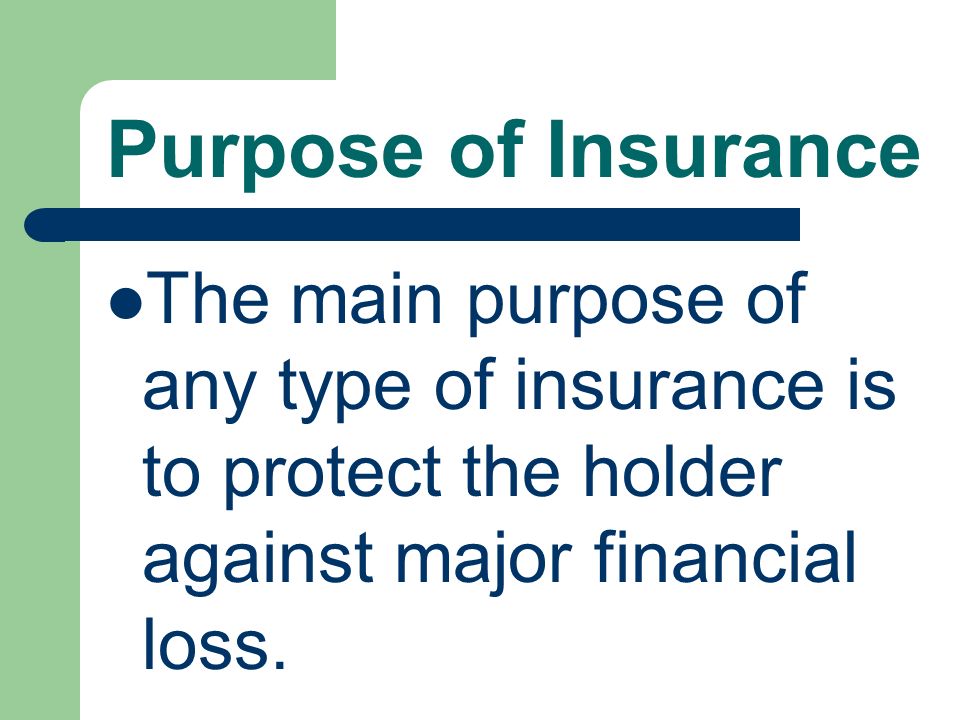Pacific Prime Things To Know Before You Get This
Pacific Prime Things To Know Before You Get This
Blog Article
Pacific Prime for Dummies
Table of ContentsThe 10-Second Trick For Pacific PrimeSome Ideas on Pacific Prime You Should KnowGet This Report on Pacific PrimeOur Pacific Prime IdeasExcitement About Pacific Prime

This is due to the fact that the information were collected for a duration of solid economic performance. Of the estimated 42 million individuals that were uninsured, just about concerning 420,000 (concerning 1 percent) were under 65 years of age, the age at which most Americans end up being qualified for Medicare; 32 million were grownups in between ages 18 and 65, around 19 percent of all adults in this age group; and 10 million were kids under 18 years old, concerning 13.9 percent of all children (Mills, 2000).
These estimates of the number of individuals without insurance are created from the yearly March Supplement to the Existing Populace Survey (CPS), carried out by the Demographics Bureau. Unless otherwise noted, nationwide estimates of people without health insurance coverage and percentages of the populace with various sort of insurance coverage are based upon the CPS, one of the most widely used resource of price quotes of insurance policy protection and uninsurance prices.
The Only Guide for Pacific Prime

Still, the CPS is especially beneficial because it creates annual quotes relatively quickly, reporting the previous year's insurance policy protection estimates each September, and because it is the basis for a consistent collection of quotes for more than two decades, enabling analysis of patterns in coverage over time. For these factors, in addition to the extensive use the CPS in other studies of insurance policy coverage that are offered in this report, we rely upon CPS price quotes, with restrictions noted.

The estimate of the variety of uninsured individuals expands when a populace's insurance condition is tracked for several years. Over a three-year duration starting early in 1993, 72 million people, 29 percent of the U.S. https://padlet.com/pacificpr1me/my-harmonious-padlet-xyem37dpr2sq1yce. population, were without insurance coverage for at the very least one month. Within a single year (1994 ), 53 million individuals experienced at least a month without coverage (Bennefield, 1998a)
6 out of every ten without insurance adults are themselves employed. Working does enhance the possibility that one and one's family members will certainly have insurance, it is not a warranty. Even participants of families with 2 full time wage income earners have almost a one-in-ten possibility of being uninsured (9.1 percent without insurance price) (Hoffman and Pohl, 2000).
A Biased View of Pacific Prime
New immigrants make up a substantial proportion of individuals without medical insurance. One evaluation has actually attributed a considerable part of the current development in the dimension of the U.S. uninsured population to immigrants who showed up in the nation in between 1994 and 1998 (Camarota and Edwards, 2000). Current immigrants (those that came to the United States within the past four years) do have a high rate of being uninsured (46 percent), however they and their kids make up simply 6 percent of those without insurance policy nationally (Holahan et al., 2001).
The relationship between medical insurance and access to care is well established, as documented later in this chapter. Although the connection between health and wellness insurance coverage and health and wellness results is neither direct nor simple, a substantial professional and wellness services research literature links medical insurance protection to improved access to care, better top quality, and boosted individual and population health and wellness status.
Levels of analysis for examining the impacts of uninsurance. It concentrates specifically on those without any kind of health insurance coverage for any kind of size of time.
The 2-Minute Rule for Pacific Prime
The problems encountered by the underinsured are in some aspects similar to those encountered by the uninsured, although they are generally much less serious. Health insurance policy, nevertheless, is neither necessary neither adequate to gain accessibility to medical solutions. The independent and direct effect of health and wellness insurance protection on click this link access to wellness services is well developed.
Others will get the health and wellness care they require even without medical insurance, by paying for it out of pocket or seeking it from companies that provide treatment complimentary or at highly subsidized prices. For still others, medical insurance alone does not ensure receipt of treatment since of various other nonfinancial barriers, such as an absence of healthcare carriers in their neighborhood, minimal access to transportation, illiteracy, or etymological and cultural differences.
The Definitive Guide to Pacific Prime
Official research about uninsured populaces in the USA dates to the late 1920s and very early 1930s when the Board on the Cost of Medical Care created a series of records regarding funding medical professional workplace gos to and hospitalizations. This problem ended up being significant as the varieties of clinically indigent climbed up throughout the Great Clinical depression.
Report this page